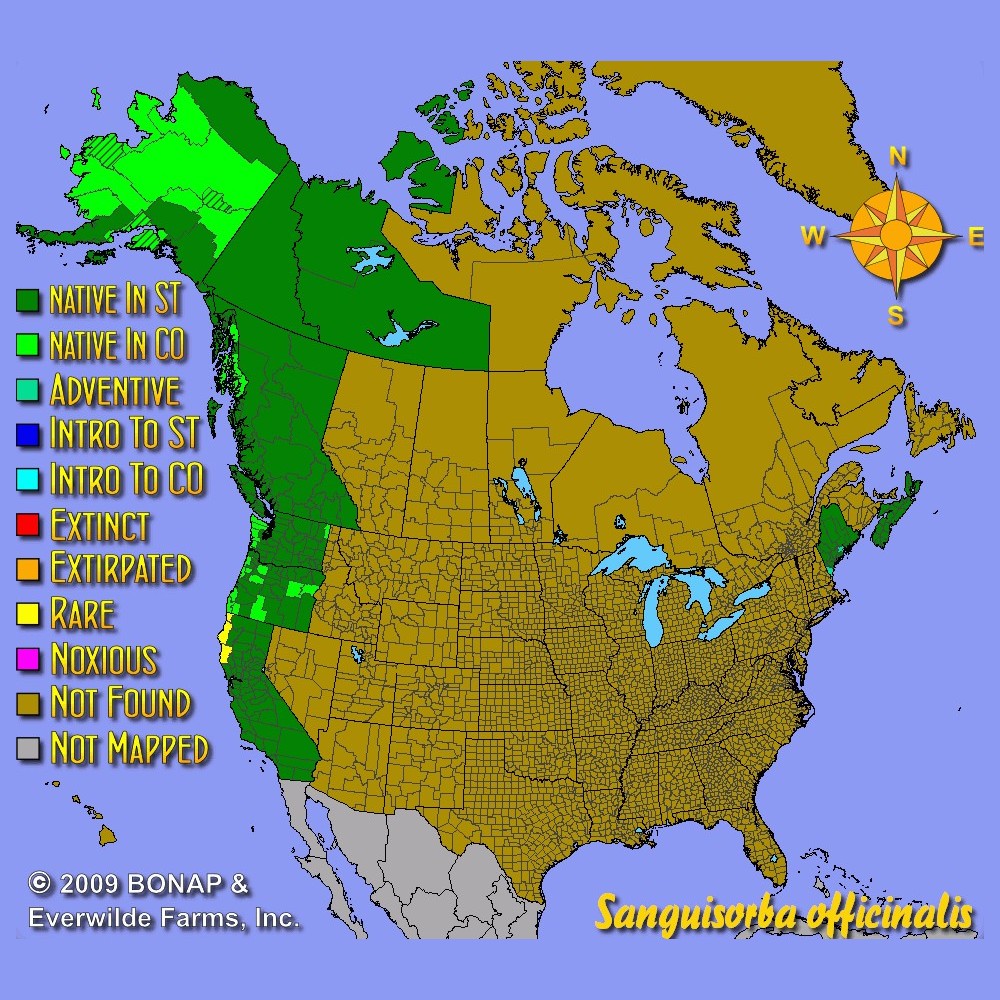Western Burnet Seeds
Sanguisorba officinalis
- HOW TO GROW
- FAST FACTS
HOW TO GROW
Sowing: Direct sow in late fall, pressing into the surface of the soil. For spring planting, simply plant the seeds very near the soil surface. Keep the soil lightly moist until germination, which usually takes 2-3 weeks. The seeds can also be started indoors 6-8 weeks before planting in spring. Keep seedlings lightly moist, and transplant them as soon as they have developed several leaves.
Growing: Water seedlings regularly until they become established; this plant grows best in moist soil. Seedlings grow rather slowly, usually flowering by their second year. Though they prefer moist soil, mature plants tolerate drought as well as poor soil. This plant will self-seed unless cut back after flowering has finished.
Harvesting: For cut flowers, choose stems with flowers that have just opened. Strip the foliage that will fall below the water level, and place in water immediately. This flower also makes an excellent choice for dried flower arrangements.
Seed Saving: At the end of the season the flowers will mature into a dark, dry seed head. Remove the seed heads as soon as they have matured, and spread them out to dry away from direct sunlight. Rub them lightly to separate the seed from the stem, and store the seed in a cool, dry place.
FAST FACTS
Common Names: Greater Burnet, Greater Salad Burnet, Great Burnet, Official Burnet
Latin Name: Sanguisorba officinalis
Species Origin: US Native Wildflower
Type: Native Wildflowers
Life Cycle: Perennial
USDA Zones: 1, 2, 3, 4, 5, 6, 7, 8, 9, 10
US Regions: California, Mountain, Arid/Desert, Plains/Texas, Midwest, Northern, Northeast, Southeast
Seeds per Ounce: 3,400
Stratification: No Stratification
Germination Ease: No Stratification
Sunlight: Full Sun, Part Sun
Height: 30 Inches
Color: Red, Purple
Bloom Season: Blooms Late Summer, Blooms Early Fall
DESCRIPTION

HOW TO GROW
Sowing: Direct sow in late fall, pressing into the surface of the soil. For spring planting, simply plant the seeds very near the soil surface. Keep the soil lightly moist until germination, which usually takes 2-3 weeks. The seeds can also be started indoors 6-8 weeks before planting in spring. Keep seedlings lightly moist, and transplant them as soon as they have developed several leaves.
Growing: Water seedlings regularly until they become established; this plant grows best in moist soil. Seedlings grow rather slowly, usually flowering by their second year. Though they prefer moist soil, mature plants tolerate drought as well as poor soil. This plant will self-seed unless cut back after flowering has finished.
Harvesting: For cut flowers, choose stems with flowers that have just opened. Strip the foliage that will fall below the water level, and place in water immediately. This flower also makes an excellent choice for dried flower arrangements.
Seed Saving: At the end of the season the flowers will mature into a dark, dry seed head. Remove the seed heads as soon as they have matured, and spread them out to dry away from direct sunlight. Rub them lightly to separate the seed from the stem, and store the seed in a cool, dry place.
FAST FACTS
Common Names: Greater Burnet, Greater Salad Burnet, Great Burnet, Official Burnet
Latin Name: Sanguisorba officinalis
Species Origin: US Native Wildflower
Type: Native Wildflowers
Life Cycle: Perennial
USDA Zones: 1, 2, 3, 4, 5, 6, 7, 8, 9, 10
US Regions: California, Mountain, Arid/Desert, Plains/Texas, Midwest, Northern, Northeast, Southeast
Seeds per Ounce: 3,400
Stratification: No Stratification
Germination Ease: No Stratification
Sunlight: Full Sun, Part Sun
Height: 30 Inches
Color: Red, Purple
Bloom Season: Blooms Late Summer, Blooms Early Fall




